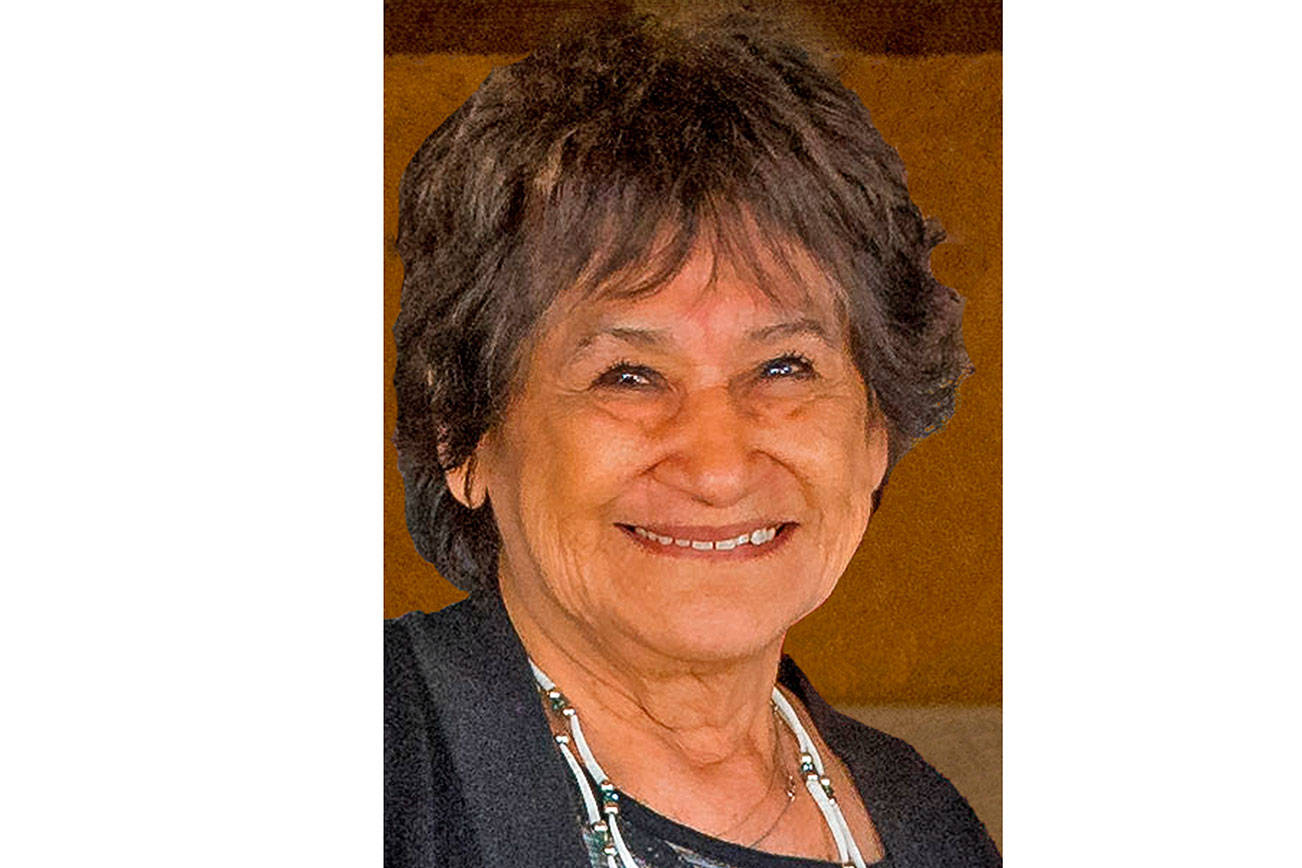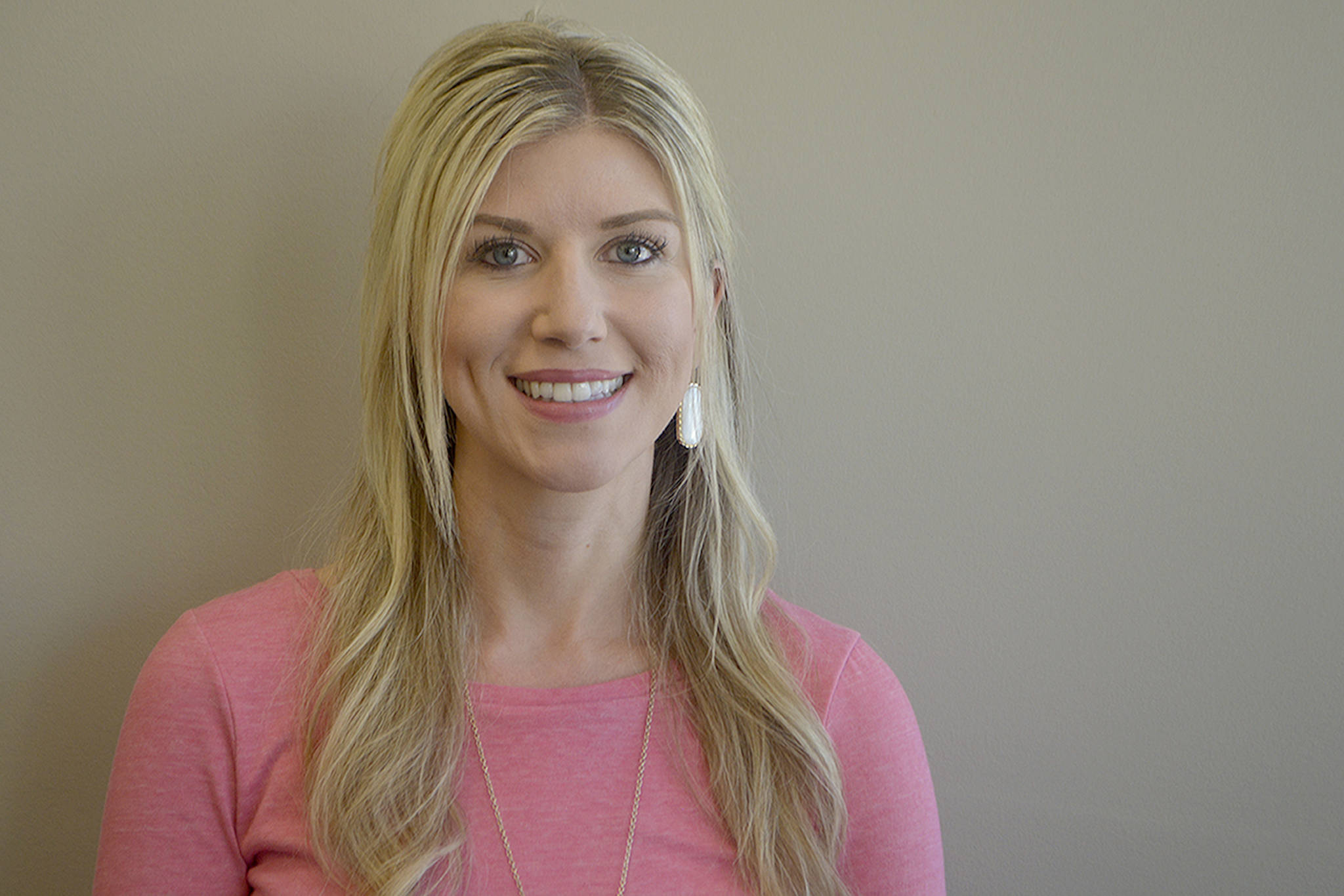He said, “Have a great day,” but I heard, “Have a gray day.” Why this reversal of mood? Why did I turn a happy wish into a downer? The simple reason is that I’m feeling SADness, or Seasonal Affective Disorder. And from what I’ve gathered the SAD syndrome has gone viral hereabouts.
I’m normally pretty positive. The glass half-full, sunny-side up, every cloud has a silver lining — that sort of mindset. But I’ve had my fill of soggy cold weather and links with clinging to my pillow after the alarm has gone off. For early risers it is still dark outside. And wet. And cold. Why rush to face that sort of day?
Long-faced locals gather to share feelings of depression, apathy, listlessness and the various aches and pains that afflict sufferers of SAD. It’s been called a latitudinal ailment that strikes residents of the north. It’s also a climatic ailment, striking residents of cloudy west coast marine climates. It’s also a product of topography, targeting zones where hills and valleys duct air currents into collisions that muck up what might otherwise be sunny days.
I detected subtle variations in the cloud cover on the 7th of March. A basic gray lightened where the cloud thinned and darkened where thicker. Below, a mineral gray Puget Sound lapped at the gunmetal gray of the lower beach that graded into slate gray upper beach, just below the gull gray of the sand above.
How do you like those names for those shades of gray? Like researchers who delve into causes for other ailments, I decided to learn more about the gray cause of SAD. So I picked up a copy of Ridgway’s Birds of North and Middle America that helps birders to identify bird species by gradations of color. Ridgway shows 115 shadings that span the range between off-white to nearly black.
The names given to shades of gray on paint cans don’t work so well, sounding as they do like the imaginings of blind poets, comfortable on the ear but offering few clues as to what’s inside. Among the Benjamin Moore paint catalog’s offerings are Old Soul, Gothic Arch, City Shadow, Wool Peacoat and Chateau. Go figure.
It would be better to have color names that mean something hereabouts. I’ve personally known soggy-shoes gray, rain-in-the-face gray, horizon-to-horizon flat gray, is the sky every going to break gray, top-of-the-cloud pearl gray, run-for-cover gray, squall-line gray and you-can’t-tell-the-pavement-from-the-sky gray. Each of those has dull-dry and wet-glossy versions.
If we have to spend so much time with gray, we ought to be able to voice each of its depressing natures. We live in clouds and rain like Eskimos live in snow. But they have more than 50 words for snow which tells me that they’ve studied their environment way more than we have.
Some don’t care to know our depressing winters better and flee. More than a million snowbirds dodge the PNW’s gray season in RVs, staying away for an average of 12 weeks. An even greater number hole up in southern condos, apartments, park models and even tents. They swell the populations of Phoenix, Tucson, Palm Springs, Indio and Yuma to bursting where they busy themselves studying different shades of tan.
The snowbird’s intent is to avoid SAD much like the Europeans who once fled cities to avoid the Black Plague. And like those ancient refugees found, the act of running away, like flu-shots, is no guarantee of relief. The Mayor of Tulsa recently reported an outbreak of SAD in his city, proving that for a hapless few, you can run but you can’t hide. Still, wintering in the south does reduce the odds of contracting the affliction.
Doctors and counselors have lists of home therapies for the majority of us who are unable to get out from under the gray. They say that lots of bright lights will help. Tropical fruits and umbrella drinks are supposed to have an effect. They encourage fighting back by indulging in winter sports. Try staying busy, go to movies, they say.
Some say you can train your mind to find benefits in a Puget Sound winter. It’s cool enough to store beer on the porch, freeing up room in the fridge. No need to water or mow the lawn. Not so many guests from out of state to clutter the guest room. Green fees are cheaper and you sometimes have an entire course to yourself.
Studies show that stay-at-homes actually have less conscious time to be aware of the grayness. They try reading but doze off, shortening their days by some minutes. Slumbering through long nights takes care of more time. As a final consolation, when things get too dreary, dismal, depressing and damp, remember that this too shall pass.
Have a gray day.
Comments may be addressed to robertgraef@comcast.net.




